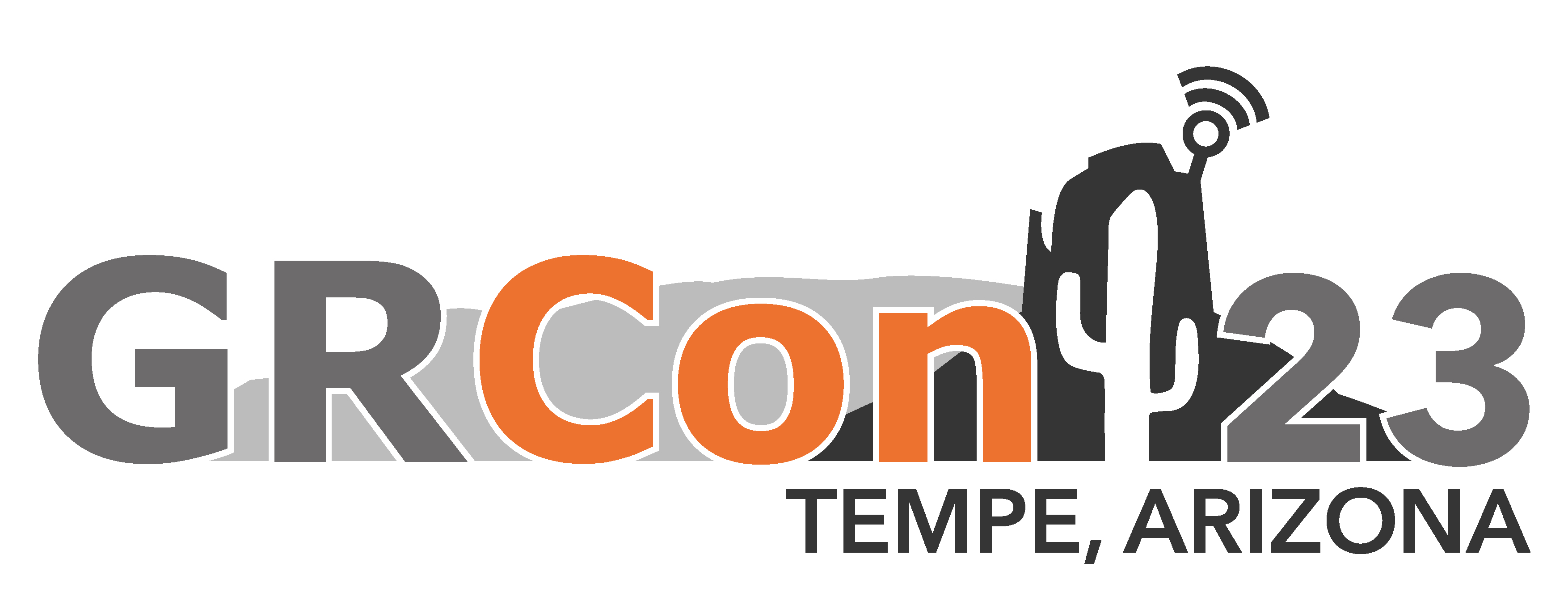Speaker
Description
Acoustic communication through ice is a growing field of study with potential as both a data transfer and environmental characterization solution. Platforms for under-ice scientific investigation at Earth’s polar regions, like AUVs, ROVs, and glider surveys, are valuable tools for collecting ground-truth data; but in the GPS-denied under-ice environment, localization (positioning), and ultimately through-ice data return are hurtles to long-term, wide-range, untethered vehicle exploration (Lawrence et al., 2023; Schmidt et al., 2023; Snyder et al., 2023). Moreover, deployed sensors within and below the ice similarly suffer from limited data return and the logistics of this data transfer presently limit how and where sensors can be deployed. Meanwhile, missions envisioned by NASA to ocean worlds like Jupiter’s moon Europa require auxiliary through-ice communication links robust to an in-ice environment expected to contain potential hazards to communication links: brine pockets, salt flats, “slushy” ice (ice/water mixtures, or “mixed media”), etc. For both of these cases, wireless acoustic links have been suggested as a potential solution for through-ice data transfer (Bar-Cohen et al., 2021; McCarthy et al., 2019; Pierson, 2022).
Acoustic communications have extensive heritage in long-range (>10 km) underwater communications, with acoustic methods being leveraged for decades as environmental characterization devices both in and out of ice (Bentley & Kohnen, 1976; Stojanovic, 2007; Westphal, 1965). As such, acoustic transducer technology is mature in low-temperature, high-pressure, and low-power applications (IceCube Collaboration et al., 2017; Sánchez et al., 2012; Semburg, 2009). Moreover, transmission losses (TL) experienced by propagating acoustic signals—passive or active—provide information about the propagation medium (Kinsler & Frey, 2000). The inherent ability for environmental characterization and proven robustness to ice/water mixtures are what make acoustic links an ideal system to leverage for through-ice communications.
Due to the budding nature of acoustics through-ice research, no link budgets or channel models exist for estimating and optimizing the hardware and software (data transfer/signaling techniques) needs of an acoustic through-ice system with respect to parameters of the target in-ice environment. This knowledge gap hinders technological advancement and investigative use-cases, necessitating optimization and range/data capability to occur in-situ—which, in harsh polar or remote environments, may become a costly, resource-intensive, and potentially iterative endeavor. To fill this knowledge gap, I have created a novel model for acoustic attenuation and signaling through ice. The acoustic model incorporates analytical and empirical equations, and data over a wide range of frequencies (~1-100kHz) for transmission loss parameters from in-situ acoustic characterization investigations. Using GNU Radio, an open-source flow-graph style software, the acoustic model for transmission loss is incorporated into a realistic signal chain. The user may input parameters of the target ice environment (temperature, density, ice crystal size, air bubble size and concentration, salt crystal size) and transducer parameters (range, propagation direction, frequency/frequency range, amplitude), as well as signal type (pulse, sweep, FSK/BPSK modulation scheme). As the signal passes through the acoustic channel model, the frequency of each sample is detected and attenuated accordingly; the model outputs the attenuated (and demodulated, if selected) signal at the desired receiver distance, and can be used to find total attenuation of the intended channel. When paired with a link budget, the user may estimate optimal hardware parameters for the target acoustic environment. Here, I describe the creation of the acoustic channel model, benchmark its outputs with in-situ data and discuss novel use-cases, and finally discuss use of the model and link budget for future communications links.
| Talk Length | 15 Minutes |
|---|---|
| Link to Open Source Code | https://github.com/sarapierson234/gr-aa0.git |

